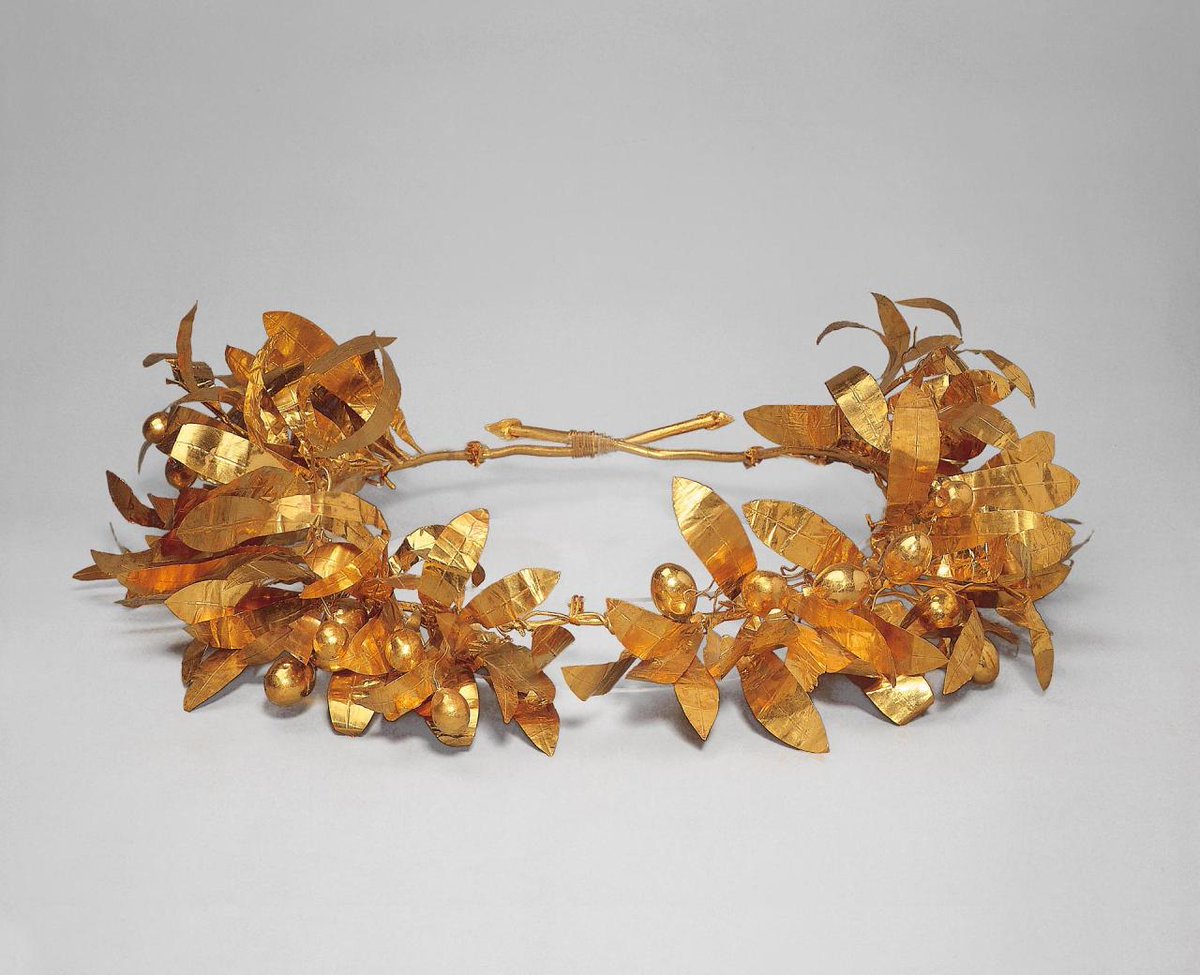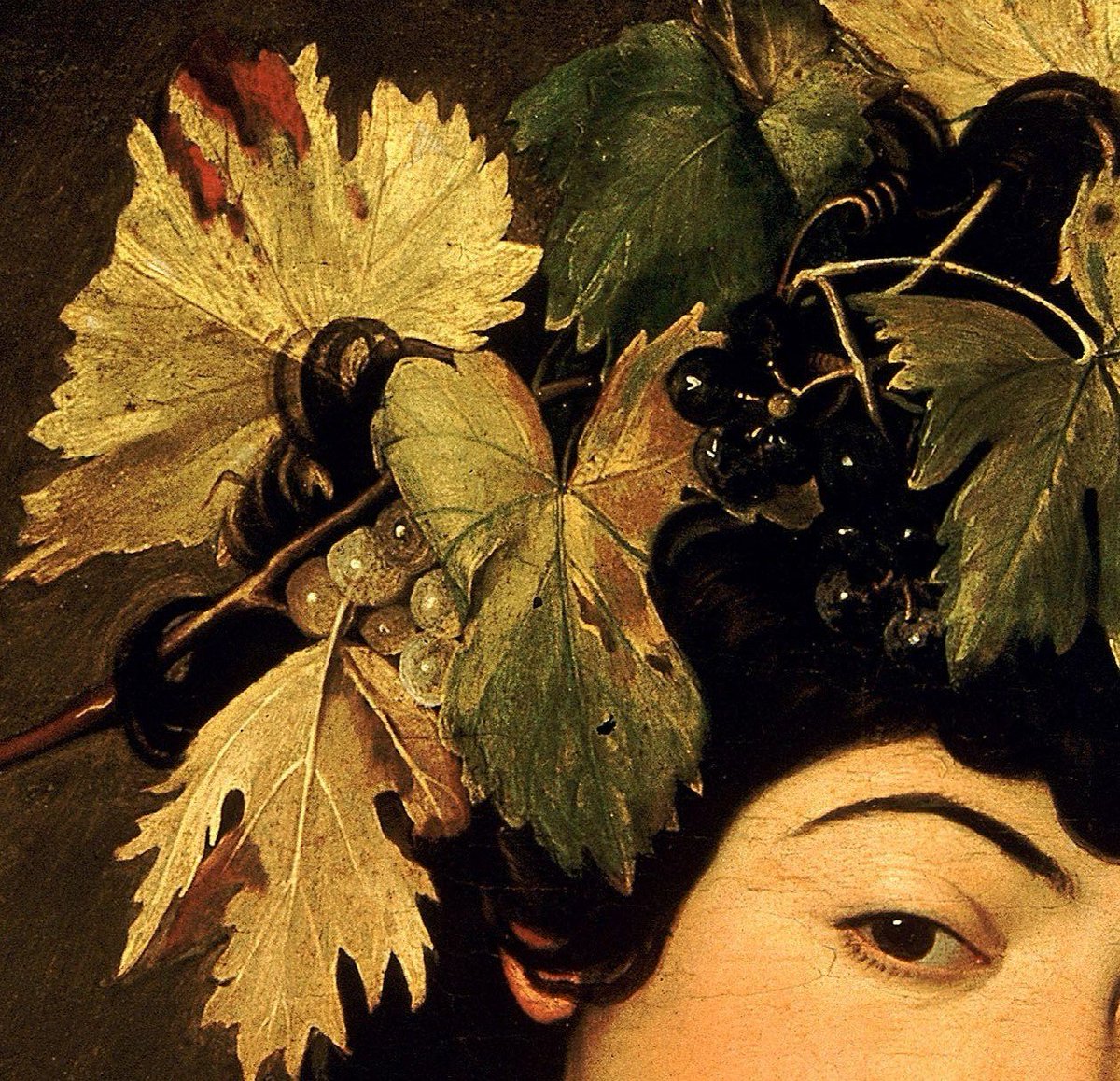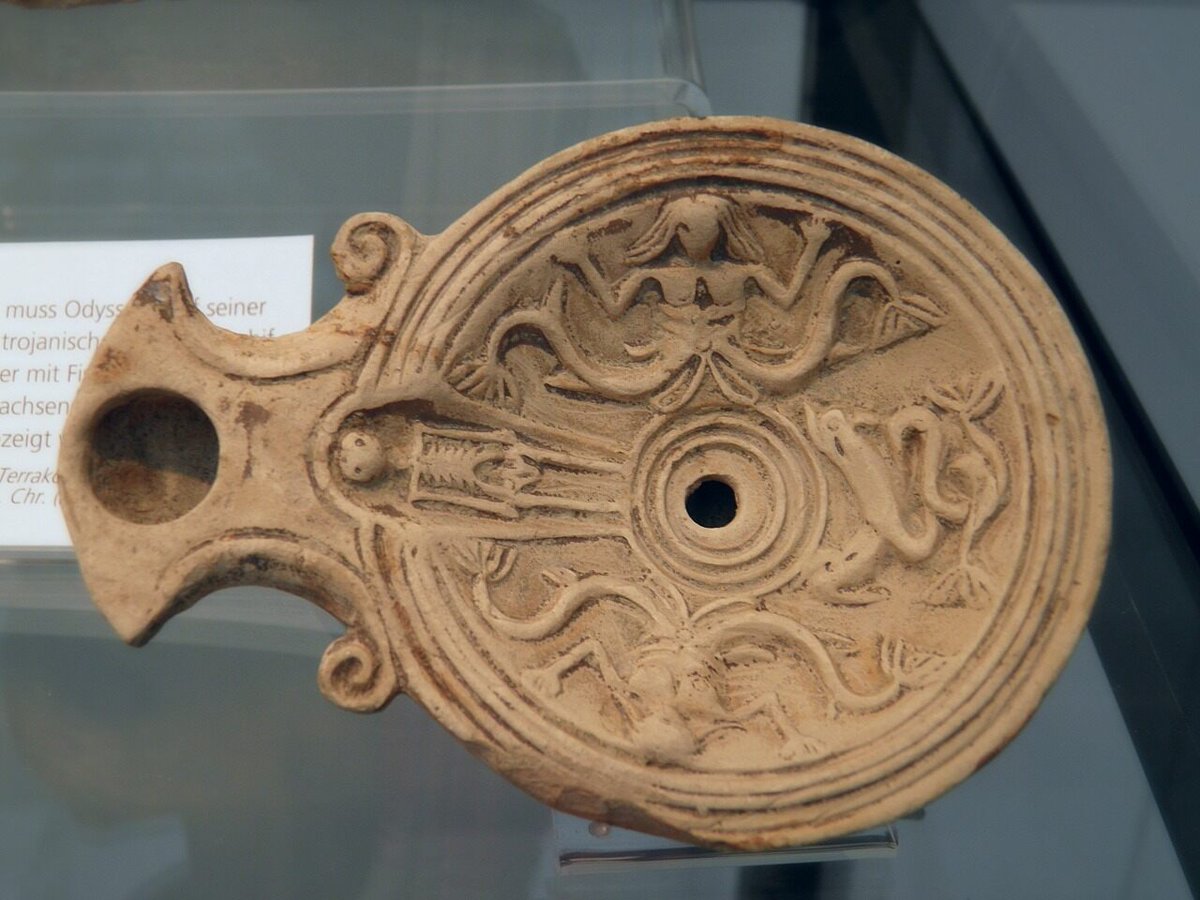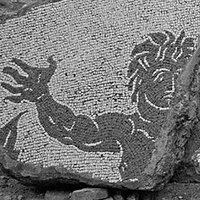






Ghost of Hellas I much prefer the 1882 version (at the Guildhall) en.wikipedia.org/wiki/Clytemnes…






ShadowsOfConstantinople Ghost of Hellas This method of double-sided coining was first used at the end of the sixteenth century and became well known to us in the 17th century. In terms of enamels colors, there are Dulevo ones, but mostly European ones. (perhaps your icon is from Greece, after a good restoration).


ShadowsOfConstantinople Ghost of Hellas He seems very… whitened… compared to the original


Ghost of Hellas Nice painting! My only objection is the dress is Minoans style not Mycenaeans.















